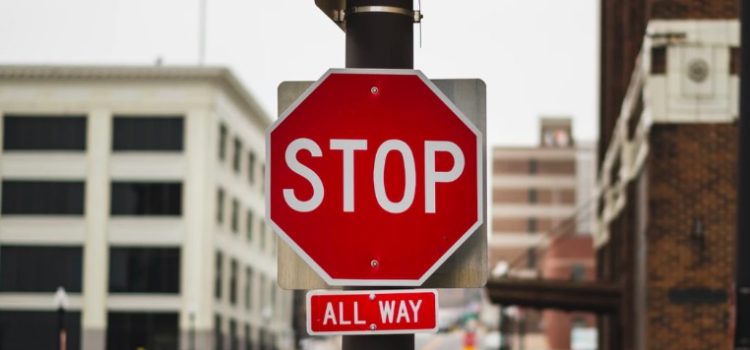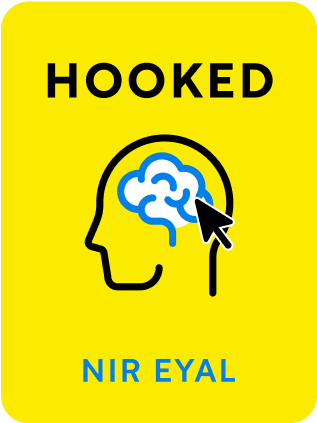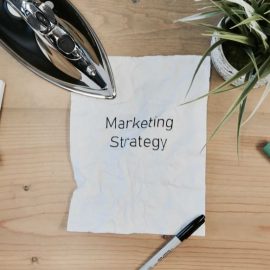

This article is an excerpt from the Shortform summary of "Hooked" by Nir Eyal and Ryan Hoover. Shortform has the world's best summaries of books you should be reading.
Like this article? Sign up for a free trial here .
What are the main barriers to action? What stops people from getting things done, or using a certain product?
Barriers to action are the factors that prevent someone from doing what they need or want to get done. It may be a question of ability or motivation. This is an important question for marketers when they’re trying to push customers to buy.
Read on for a better understanding of barriers to action and 4 exercises for reducing your customer’s barriers.
Action
To initiate action in a habit, doing must be easier than thinking. An action has three requirements:
- Sufficient motivation
- Sufficient ability
- A trigger to activate the behavior
Make the process to use your product as simple as possible. Lay out the steps the customer takes to get the job done. Then remove steps until you reach the simplest possible process.
Barriers to Action: Lack of Ability
Ability is the capacity to do a behavior.
Make the process to use your product as simple as possible. Lay out the steps the customer takes to get the job done. Then remove steps until you reach the simplest possible process.
Web technology inexorably moves toward making activities easier. The lower-friction products are usually the ones that win.
- In content generation, consider how the web was largely read-only, consisting of professional media companies.
- Then the development of Blogger and Xanga let amateur writers publish easily, without knowledge of content management systems or servers and without going through a traditional media company.
- Then with the advent of easy publishing tools like Twitter and Pinterest, the friction to write and create new media shrank even further.
Though critics once decried Twitter’s 140-character limitation, what they missed was how this constraint lowered the barrier for participation, prompting many more to engage. (Shortform note: similarly, Snapchat’s ephemeral messaging lowers the barrier for messaging, compared to a permanent high-quality medium like Instagram.)
Said Ev Williams of Twitter, “Take a human desire, preferably one that has been around for a really long time…identify that desire and use modern technology to take out steps.”
Reduce Your Barriers to Action
Reduce the frictions for your user to take action.
- Walk through how your user goes from trigger to action to reward. How many steps does the user need to take? How could you get rid of any steps?
- Which of these 6 factors is most limiting your users’ ability to take action? (Time | Money | Physical effort | Mental effort | Social deviance | Non-routine)
- How can you reduce that factor?
- How can you use cognitive biases to increase motivation to take action? (e.g. promote scarcity, give endowed progress.)

———End of Preview———
Like what you just read? Read the rest of the world's best summary of Nir Eyal and Ryan Hoover's "Hooked" at Shortform .
Here's what you'll find in our full Hooked summary :
- The 4 key steps that addictive tech products use to ensnare you
- Why user rewards need to be random and variable to have the strongest effect
- How to build irresistible apps yoruself






